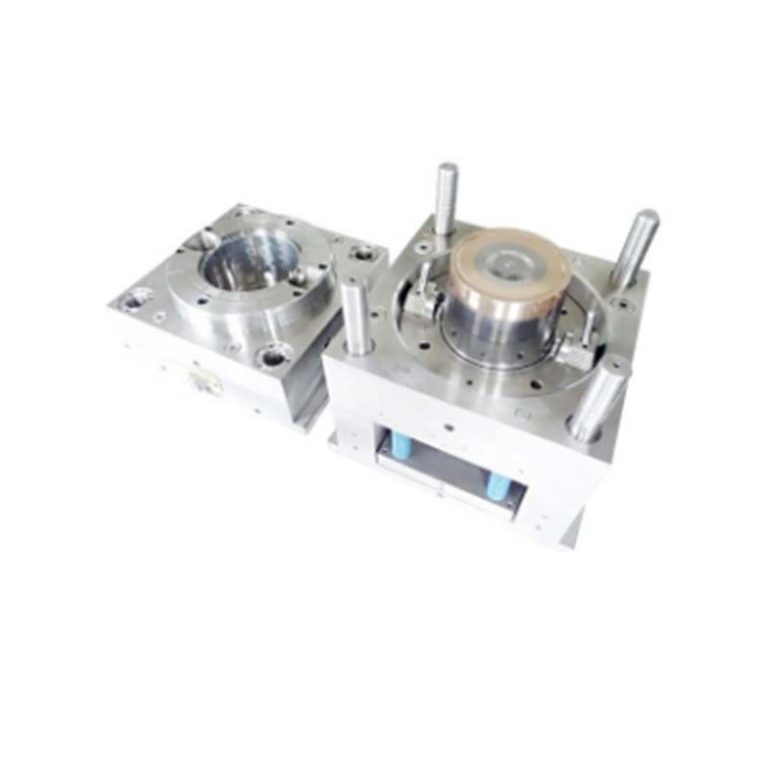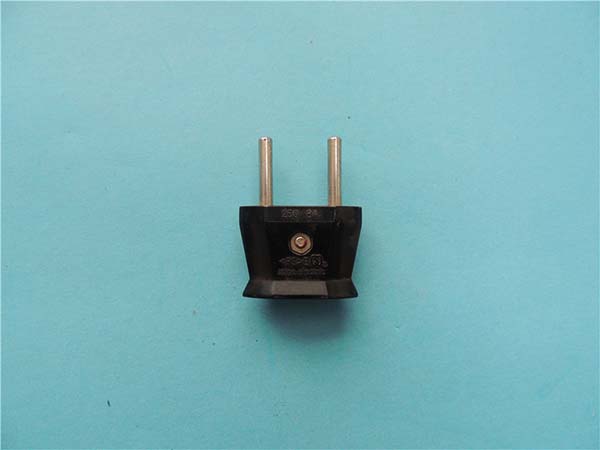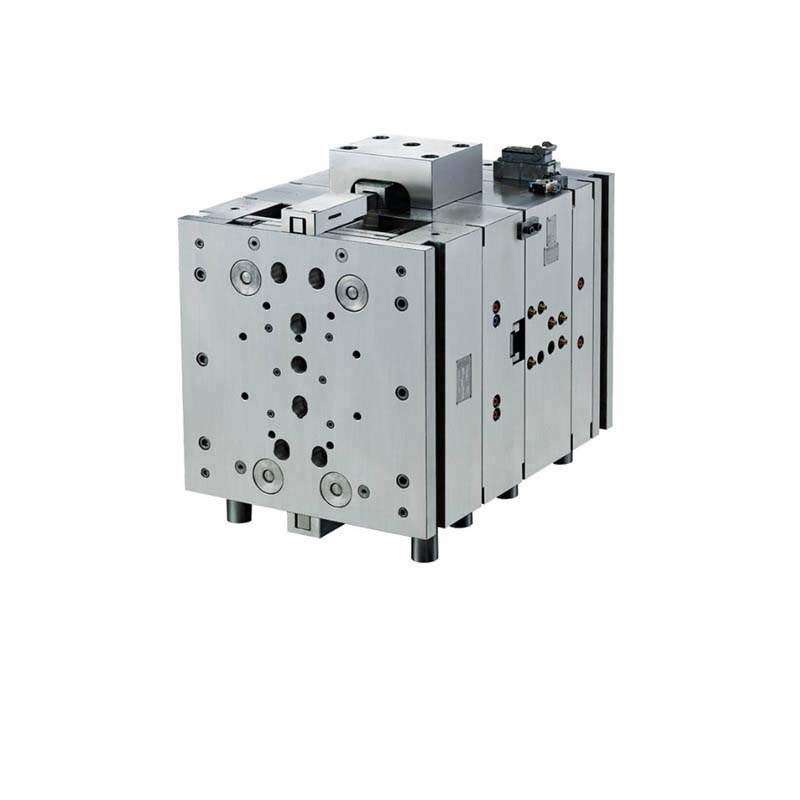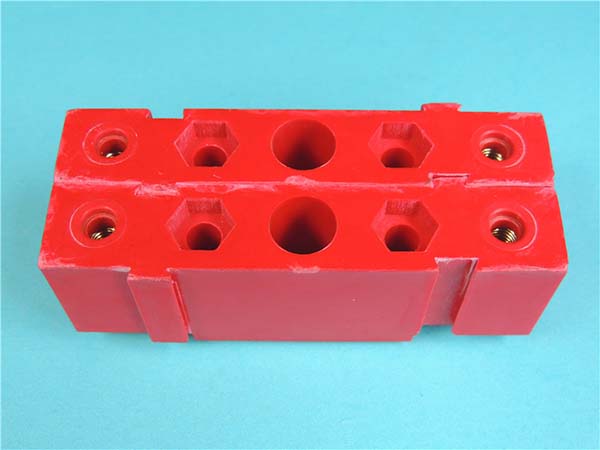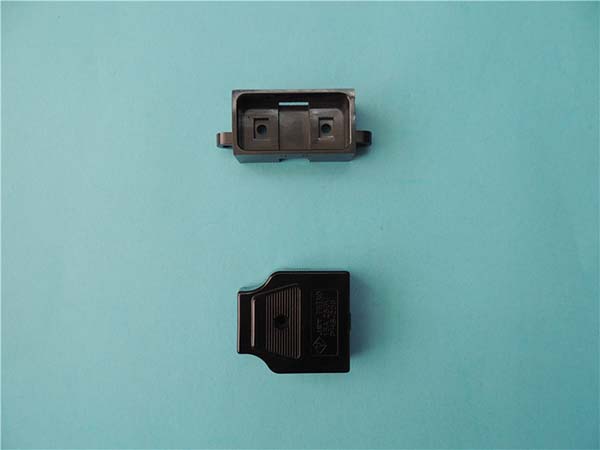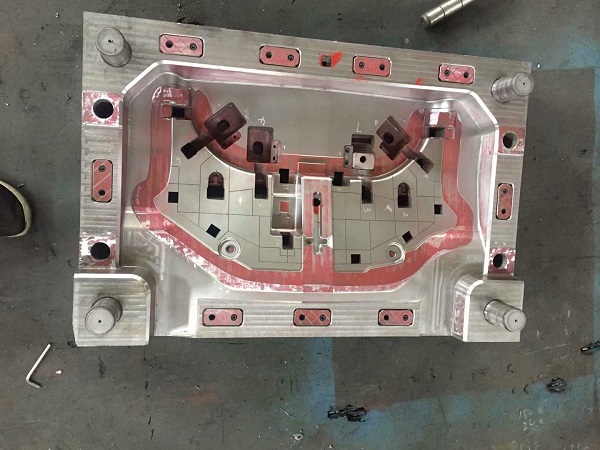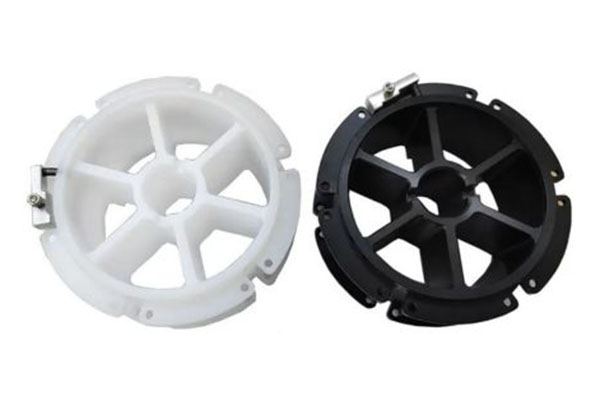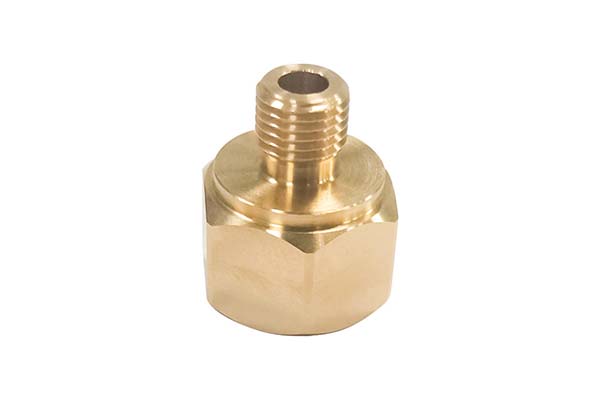Introduction
In the vast and complex landscape of industrial manufacturing, gear factories play a pivotal role. Gears are the unsung heroes that power countless machines across various sectors, from automotive and aerospace to industrial machinery and beyond. But what exactly makes the operations of a gear factory a linchpin for success in this highly competitive field? This is a question that intrigues manufacturers, investors, and industry enthusiasts alike.
The gear manufacturing industry is far from static. It's a dynamic realm where technological advancements, market demands, and global competition are constantly shifting the goalposts. For a gear factory to thrive, it must not only keep up with these changes but also anticipate and adapt to them proactively. The success factors range from the adoption of cutting - edge manufacturing technologies and materials to the cultivation of a highly skilled workforce and effective supply chain management.
Factor 1: Advanced Equipment and Technology
The Role of High - Precision Machinery
In gear manufacturing, high - precision machinery is the cornerstone of producing top - quality gears. The demand for gears with tight tolerances and complex geometries has grown exponentially, especially in industries like aerospace and high - end automotive. For Yigu Technology instance, in the aerospace sector, gears used in aircraft engines and landing gear systems must meet extremely strict precision standards. A deviation of even a few micrometers can lead to catastrophic failures, given the high - stress and high - speed operating conditions.
Take five - axis machining centers as an example. These advanced machines have revolutionized gear production. Traditional machining centers are often limited in their ability to access all sides of a workpiece in a single setup. In contrast, five - axis machining centers can move the workpiece and the cutting tool along five different axes simultaneously. This multi - axis movement enables the creation of highly complex gear profiles with greater accuracy.
The efficiency gains are also significant. A study by the Precision Machining Technology Association found that when producing complex helical gears, a five - axis machining center can reduce the production time by up to 40% compared to traditional machining methods. This is because it can perform multiple operations, such as milling, drilling, and tapping, in one continuous process without the need for multiple setups. Fewer setups mean less time wasted on re - positioning the workpiece and also reduce the cumulative errors associated with multiple operations.
Moreover, high - precision machinery like five - axis machining centers can achieve much higher levels of surface finish. In a gear, a smooth surface finish reduces friction and wear during operation, thereby extending the gear's lifespan. A smooth - surfaced gear also operates more quietly, which is a crucial factor in applications such as automotive transmissions and household appliances.
Technological Innovations in the Gear Industry
Beyond high - precision machinery, the gear industry has witnessed remarkable technological innovations in recent years. One such innovation is 3D printing technology, also known as additive manufacturing.
3D printing has found a niche in the production of small - batch and complex gears. For custom - designed gears or those with intricate internal structures, traditional manufacturing methods can be prohibitively expensive. 3D printing allows manufacturers to build gears layer by layer directly from a digital model. This process eliminates the need for expensive molds and tooling, making it an ideal solution for low - volume production runs.
For example, a research project by a leading gear manufacturer in collaboration with a university used 3D printing to produce gears with integrated cooling channels. These gears were designed for high - performance racing engines where heat dissipation is critical. The complex internal channel structures, which would have been nearly impossible to create using traditional manufacturing techniques, were easily fabricated using 3D printing. The resulting gears showed a 20% improvement in heat dissipation and a 15% increase in overall efficiency compared to conventionally manufactured gears.
Another significant technological advancement is the use of simulation software in gear design and production. Software such as ANSYS and SolidWorks Simulation enables engineers to simulate the performance of gears under various operating conditions before they are physically produced. This virtual testing can identify potential design flaws, such as stress concentrations and excessive wear points, early in the design process.
By using simulation software, companies can reduce the number of physical prototypes they need to build, saving both time and money. A case study by a major automotive parts supplier showed that by implementing simulation software in their gear design process, they were able to cut the prototype development time by 50% and reduce development costs by 30%. Additionally, the optimized designs resulting from simulation analysis led to a 10% improvement in gear durability and a 5% increase in fuel efficiency in the final automotive products.
Factor 2: Skilled Workforce
Different Skill Sets Required
A skilled workforce is the lifeblood of any successful gear factory. The industry demands a diverse range of skills, from the technical expertise to operate advanced machinery to the creative problem - solving abilities needed to overcome manufacturing challenges.
In a gear factory, different positions require distinct skill sets. Here is a breakdown presented in a Yigu Technology table:
| Position | Key Skills |
| Gear Designer | Proficiency in CAD (Computer - Aided Design) and CAE (Computer - Aided Engineering) software. For example, SolidWorks and ANSYS are widely used in the industry. A deep understanding of gear geometry, materials, and mechanical engineering principles. Ability to collaborate with other departments to ensure the design is manufacturable. |
| Machining Operator | Proficiency in operating various machine tools such as lathes, milling machines, and grinders. For CNC (Computer Numerical Control) machines, knowledge of G - code programming is essential. Understanding of machining processes, including cutting speeds, feeds, and tool selection. Strong attention to detail to ensure high - precision machining. |
| Quality Inspector | Familiarity with gear inspection equipment like coordinate measuring machines (CMMs) and gear measuring centers. Knowledge of gear quality standards, such as AGMA (American Gear Manufacturers Association) standards. Ability to analyze inspection data and identify trends to prevent quality issues. |
| Process Engineer | Experience in developing and optimizing manufacturing processes. Knowledge of Lean manufacturing principles to improve efficiency and reduce waste. Understanding of automation technologies and how to integrate them into the production line. |
Training and Retention Strategies
To build and maintain a skilled workforce, gear factories need to invest in training and retention strategies. Training programs can enhance the skills of existing employees, while retention strategies ensure that the valuable talent stays with the company.
One effective training strategy is to provide in - house training programs. For instance, a mid - sized gear factory in the Midwest started an internal training initiative. They identified the skills gaps in their workforce through a comprehensive skills assessment. Based on the results, they developed a series of training courses. For new employees, they offered a basic machining skills course that covered the operation of common machine tools. For more experienced workers, they provided advanced training on CNC programming and automation integration.
The factory also implemented an on - the - job training (OJT) program, where new employees were paired with experienced mentors. This hands - on approach allowed new hires to learn practical skills in a real - world manufacturing environment. As a result of these training initiatives, the factory saw a 30% reduction in machining errors and a 25% increase in production efficiency within a year.
Retention strategies are equally important. Offering competitive salaries and benefits is a basic requirement, but it's not the only factor. Providing career advancement opportunities can be a powerful incentive. A leading gear manufacturer in Europe established a career ladder for its employees. Operators could progress to senior operator positions, and from there, they could move into supervisory or technical specialist roles. This clear career path motivated employees to stay with the company and continuously improve their skills.
In addition, creating a positive work culture can significantly improve employee retention. A gear factory in Asia focused on fostering a team - oriented work environment. They organized regular team - building activities, encouraged open communication, and recognized employees' achievements. This led to a 20% decrease in employee turnover rate, which in turn reduced recruitment and training costs. By investing in training and implementing effective retention strategies, gear factories can build a highly skilled workforce that is the foundation of their long - term success.
Factor 3: Quality Control
Quality Standards in the Gear Industry
Quality control is the life - blood of a successful gear factory operation. In the gear industry, adhering to strict quality standards is non - negotiable. One of the most widely recognized international standards is the ISO 6336 series. This series of standards comprehensively defines the fundamental parameters, precision levels, tolerance limits, and inspection methodologies for gears. For example, ISO 6336 - 1 focuses on the basic definitions and parameters related to gear accuracy, while ISO 6336 - 2 delves into the allowable deviations in gear tooth flank and their definitions.
Compliance with these standards is crucial for several reasons. Firstly, it ensures the interchangeability of gears. In a global market where different manufacturers supply components for complex machinery, having a common set of standards means that gears produced by different companies can be used together seamlessly. This is particularly important in industries like automotive and aerospace, where parts from multiple suppliers are integrated into a single product. For instance, in an automotive assembly line, gears from different subcontractors need to fit together precisely to ensure the smooth operation of the transmission system.
Secondly, meeting quality standards directly impacts product quality. Gears produced to ISO standards are more likely to have consistent performance in terms of power transmission efficiency, noise reduction, and durability. A study by the International Gear Manufacturers Association found that gears produced in compliance with ISO 6336 standards had a 15% longer lifespan on average compared to gears that did not meet these standards. This is because the standards dictate tight control over manufacturing processes, from the choice of raw materials to the final machining and heat - treatment steps.
Moreover, quality standards play a significant role in building a company's reputation. A gear factory that consistently adheres to high - quality standards is seen as a reliable and trustworthy partner. In industries where safety and reliability are paramount, such as aerospace and heavy - duty machinery, a good reputation for quality can be a key differentiator. A gear manufacturer supplying components for aircraft engines, for example, must meet the most stringent quality standards to gain the trust of aircraft manufacturers and regulatory authorities.
In - Process and Final Inspection
To ensure that gears meet the required quality standards, a comprehensive inspection process is essential. This process typically includes both in - process and final inspections.
In - Process Inspection
In - process inspection is carried out at various stages of the manufacturing process. This helps to identify and correct any issues early on, reducing the likelihood of producing a large number of defective products. For example, after the rough - machining stage of gear production, the dimensions of the gear blanks are checked. This can be done using coordinate measuring machines (CMMs) or other precision measuring tools. A CMM can accurately measure the diameter, pitch, and other key dimensions of the gear blank, and compare them with the design specifications. If any deviations are detected, adjustments can be made to the machining parameters immediately.
Another important in - process inspection point is after the heat - treatment process. Heat - treatment can significantly affect the mechanical properties of gears, such as hardness and toughness. Therefore, samples are often taken to test the hardness of the gear teeth. This can be done using a hardness tester, which measures the resistance of the material to indentation. If the hardness is not within the specified range, the heat - treatment process may need to be adjusted.
Final Inspection
Final inspection is the last line of defense to ensure that the finished gears meet all quality requirements. A gear measuring center is a crucial piece of equipment in the final inspection process. These centers are capable of measuring a wide range of gear parameters with high precision. For Yigu Technology example, they can measure the tooth profile deviation, which is a measure of how closely the actual tooth profile matches the ideal one. A small tooth profile deviation is essential for smooth gear operation and reduced noise.
The total composite error, which is the cumulative deviation between the measured and the theoretical values of the gear, is also measured. This error can affect the overall performance of the gear in a transmission system. Additionally, surface roughness is checked, as a smooth surface reduces friction and wear during gear operation.
Sampling methods are also an important part of the inspection process. A common sampling method is the random sampling method, where a certain number of gears are randomly selected from a production batch for inspection. The sample size is usually determined based on statistical principles. For example, for a batch of 1000 gears, a sample size of 30 gears might be selected for inspection. If the number of defective gears in the sample exceeds a certain limit, the entire batch may be subject to further inspection or even rejected.
Here is a simple Yigu Technology table to illustrate the key inspection parameters and their importance:
| Inspection Parameter | Significance | Measuring Equipment |
| Tooth Profile Deviation | Affects smooth operation and noise level | Gear Measuring Center |
| Total Composite Error | Impacts overall gear performance in a transmission system | Gear Measuring Center |
| Surface Roughness | Determines friction and wear during operation | Surface Roughness Tester |
By implementing a rigorous in - process and final inspection process, gear factories can significantly improve the quality of their products, reduce waste, and enhance their competitiveness in the market.
Conclusion
In Yigu Technology conclusion, the success of gear factory operations hinges on a complex interplay of multiple key factors. Advanced equipment and technology, such as high - precision five - axis machining centers and innovative 3D printing and simulation software, not only enhance the quality and efficiency of gear production but also enable the creation of gears with complex geometries that meet the evolving demands of various industries.
A skilled workforce, with diverse skill sets ranging from gear design to machining operation and quality inspection, is the driving force behind the effective utilization of these advanced technologies. Training and retention strategies are essential to ensure that the workforce remains competent and motivated, contributing to the long - term success of the factory.
Quality control, through adherence to strict international standards like ISO 6336 and a comprehensive inspection process including in - process and final inspections, is non - negotiable. It guarantees that the gears produced are of high quality, reliable, and meet the expectations of customers across different sectors.
These factors are not isolated but rather highly interconnected. For Yigu Technology example, advanced technology can enable more efficient training programs, and a skilled workforce is necessary to operate and maintain high - tech equipment. Similarly, quality control measures are facilitated by both advanced technology and the expertise of the workforce.
FAQ
Q1: How much does it cost to upgrade to a five - axis machining center?
A1: The cost of a five - axis machining center can vary widely depending on factors such as the brand, size, precision level, and additional features. On average, a basic five - axis machining center can cost around \(100,000, while high - end models with advanced capabilities can exceed \)500,000. However, it's important to consider the long - term cost - savings in terms of increased efficiency and reduced production errors when evaluating the investment.
Q2: What are the common signs of a quality issue in gears?
A2: Common signs of quality issues in gears include excessive noise during operation, vibration, premature wear, and failure to transmit power efficiently. These issues can be caused by problems such as incorrect tooth profile, improper heat - treatment, or poor material quality. Regular inspection and adherence to quality standards can help detect and prevent these issues.
Q3: How can a gear factory attract more skilled workers in a competitive job market?
A3: A gear factory can attract skilled workers by offering competitive salaries and benefits, providing opportunities for career advancement, investing in training and development programs, and creating a positive work culture. Highlighting the use of advanced technology in the factory can also be appealing to tech - savvy workers, as it offers the chance to work with state - of - the - art equipment and processes.
